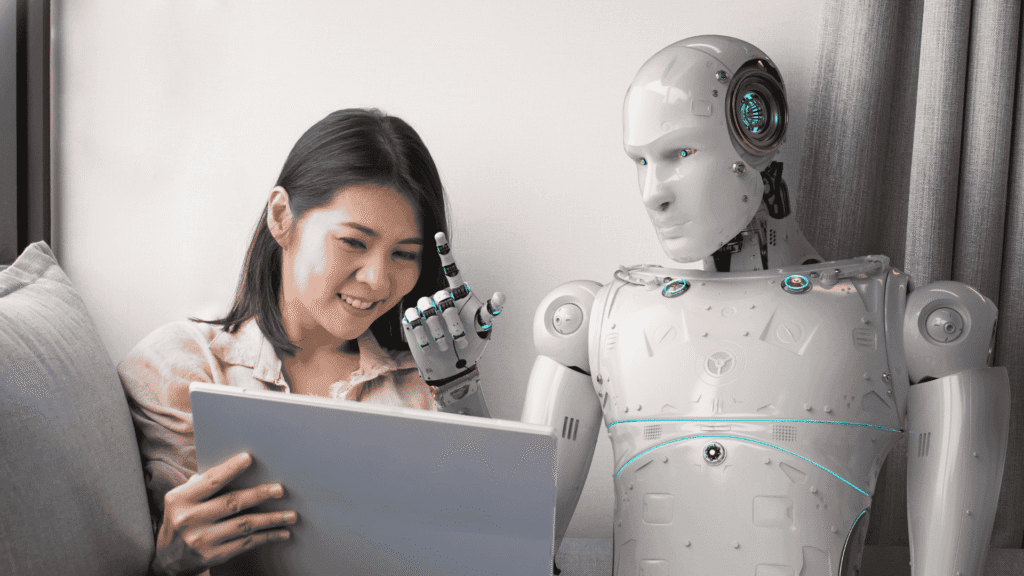
Robots in Our Homes
Household robots have become common thanks to advances in robotics and AI. Popular examples include:
Robotic vacuum cleaners like Roomba that autonomously clean floors.
Smart kitchen appliances that automate cooking and meal prep.
AI assistants like Alexa and Google Assistant that control smart home devices.
These home robots save time, increase efficiency, and make modern living more convenient than ever.

Robotics in Healthcare
In the medical field, robots are playing life-saving roles. Robotic systems like the da Vinci Surgical System assist surgeons with precise, minimally invasive procedures. Other healthcare applications include:
Robot-assisted rehabilitation and therapy
Automated medication dispensers for elderly care
Telepresence robots for remote doctor-patient interactions
By increasing accuracy and reducing recovery time, robots are redefining modern healthcare.
Robotics in Education
In classrooms, robots are acting as educational aids and coding tutors. Children are learning programming through interactive robots like:
LEGO Mindstorms
Sphero bots
AI-enabled humanoid robots for language learning
They make learning STEM fun, practical, and accessible for young minds, preparing them for a tech-driven future.
Autonomous Vehicles and Delivery Robots
Self-driving cars and delivery robots are changing how goods and people move. Companies like Amazon and Tesla are leading the charge:
Autonomous delivery bots bring packages directly to your door.
Self-driving taxis and buses are being tested in urban areas.
These innovations reduce traffic, lower emissions, and promise a safer transport future.
Robots in the Workplace
From manufacturing to customer service, robots are improving efficiency and safety:
Collaborative robots (cobots) assist humans on assembly lines.
Service robots handle routine customer interactions in banks and restaurants.
Warehouse robots like those used by Amazon speed up logistics and order fulfillment.
While they reduce repetitive workload, they also spark new job roles focused on robot programming and maintenance.
The Bigger Impact: Society and the Future
The rise of robotics raises important questions about privacy, ethics, and employment, but its benefits are undeniable:
Increased productivity
Improved quality of life
Support for aging populations
As robotics technology advances, our relationship with machines will continue to evolve—offering smarter solutions to everyday problems.
Final Thoughts
The rise of robotics is no longer a trend—it’s a transformation. From our homes to hospitals, classrooms to workplaces, robots are becoming indispensable. Understanding and embracing this change is key to thriving in the age of automation.
